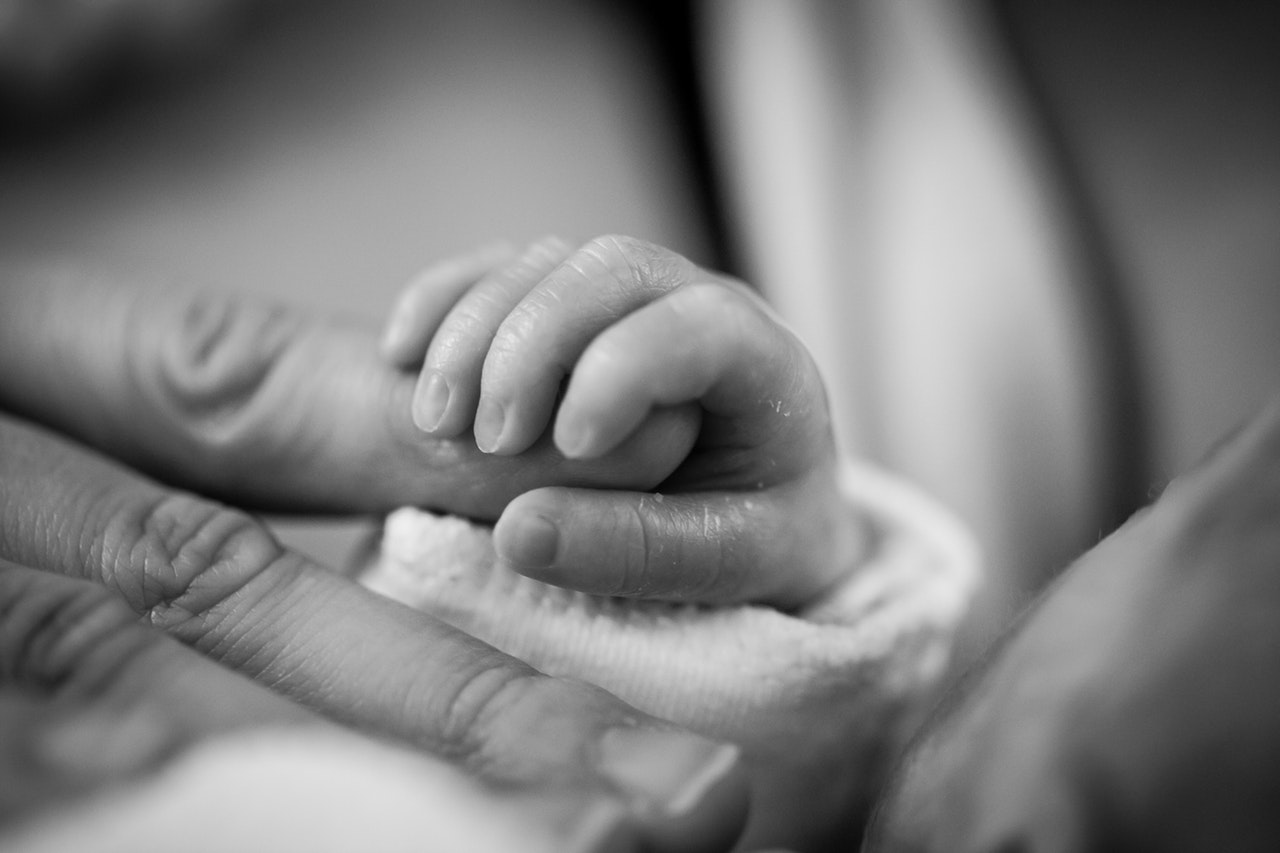The Most Common Birth Injuries as a Result of Medical Malpractice

Bringing a new life into the world is one of the most wonderful experiences a family can have. Unfortunately, it is a sad reality that many babies face serious complications and injuries during their first moments in the world. In some cases, these events are unavoidable. However, if careless or negligent medical care have caused birth injuries to your baby, you need to know your rights and those of your child.
Injuries at birth commonly last for the child’s life or at least for many years after his or her birth. Parents of an injured baby may wonder what they can do about a negligent health care professional injuring their child. Legal entanglements are the last thing any new parent wants to worry about, but having the right legal counsel can make a world of difference. The Philadelphia birth injury attorneys at Hill & Associates believe in aggressive and comprehensive legal representation for all our clients. We’ll handle the legal issues so you can focus on nurturing your new child.
TYPES OF BIRTH INJURIES
Some birth injuries result from the infant’s size or the baby’s position during labor. While some of these injuries are unavoidable and do not last long, it’s important to recognize if and when they result from negligence:
- Caput succedaneum is a condition that describes swelling and bruising of the scalp. It is common in babies who require vacuum extraction from the womb, and typically fades after a few days.
- Cephalohematoma describes bleeding under the bones of the skull. Often appearing as a raised lump on the head, this condition takes a few months to disappear.
- Bruising may result from traveling through the birth canal or from contact with medical devices during birth.
- Fractures sometimes result from breech births, when the baby comes out feet-first. The shoulder and collarbone are the most commonly fractured bones in these situations, resulting in limited mobility in the arm on the injured side. These fractures typically heal quickly.
- Subconjunctival hemorrhaging describes broken blood vessels in the baby’s eyes. This is a common injury and fades within weeks of birth.
- Facial paralysis may result from the use of medical instruments or pressure on the baby’s face. The amount of time this will take to heal varies according to how severe the nerve damage is. In some cases, surgery may be necessary.
More-severe injuries can lead to a lifetime of complications. While some cases are due to birth circumstances, medical malpractice can also cause these injuries, meaning the presiding health care professionals did not exercise the proper care and did not act as another reasonable professional would have acted in the same situation:
- Spinal cord injuries can result from roughly handling the newborn or improper technique during delivery. Forceps or other instruments can also cause spinal cord damage. The spinal cord cannot self-repair, and the results of a spinal cord injury are severe and permanent.
- Cerebral palsy is a condition that affects two or three of every 1,000 children. Its symptoms include limited mobility and muscle spasms; it is incurable. Cerebral palsy often results from oxygen deprivation.
This is not an exhaustive list, and sometimes medical malpractice can cause injury to mothers as well as their babies. It’s vital to understand your legal options if you believe you or your child were the victim of medical malpractice.
To file a successful medical malpractice suit, you’ll need to establish that a patient-doctor relationship existed between you and the defendant, that the defendant did not exercise reasonable care, and that this negligence directly resulted in the injury in question. Navigating these proceedings can be difficult at best and an absolute nightmare at worst, so make sure you have reliable and experienced legal aid at your disposal.
Reach out to Hill & Associates if you have questions about a birth injury. If you, a loved one, or your newborn has suffered due to medical malpractice, it’s vital to know your rights and to hold the responsible parties accountable for their actions.
